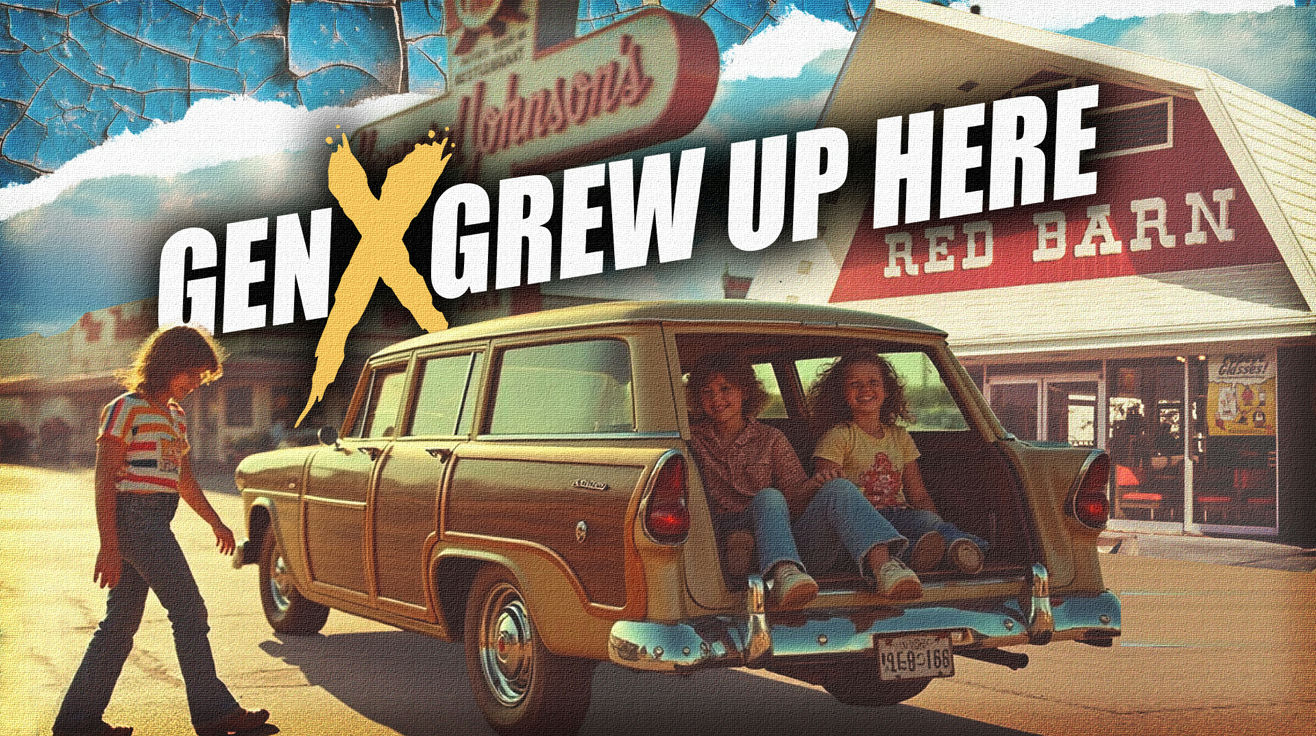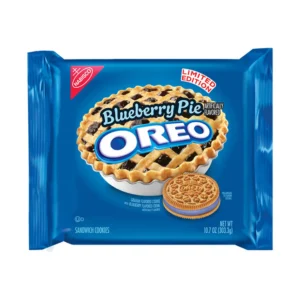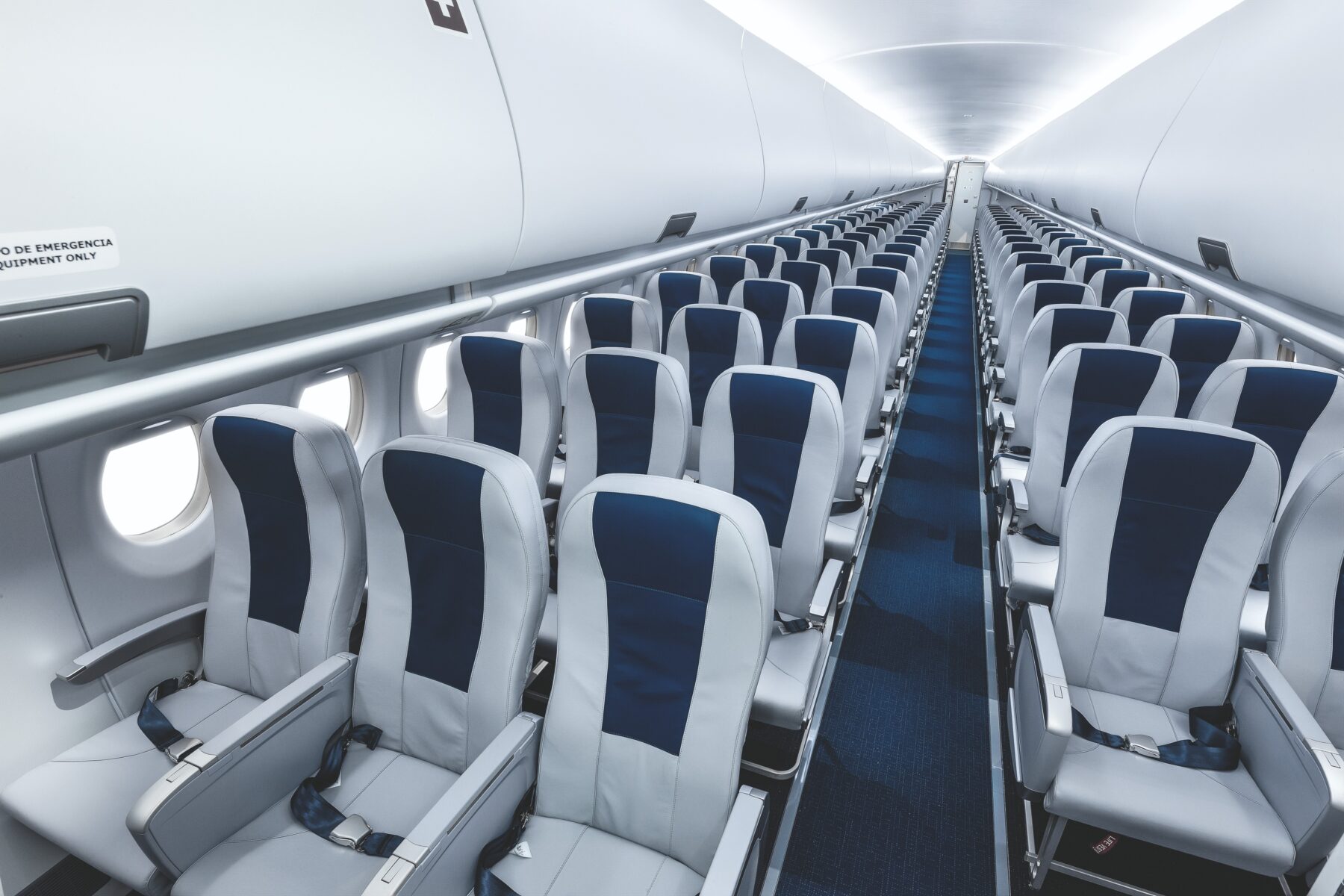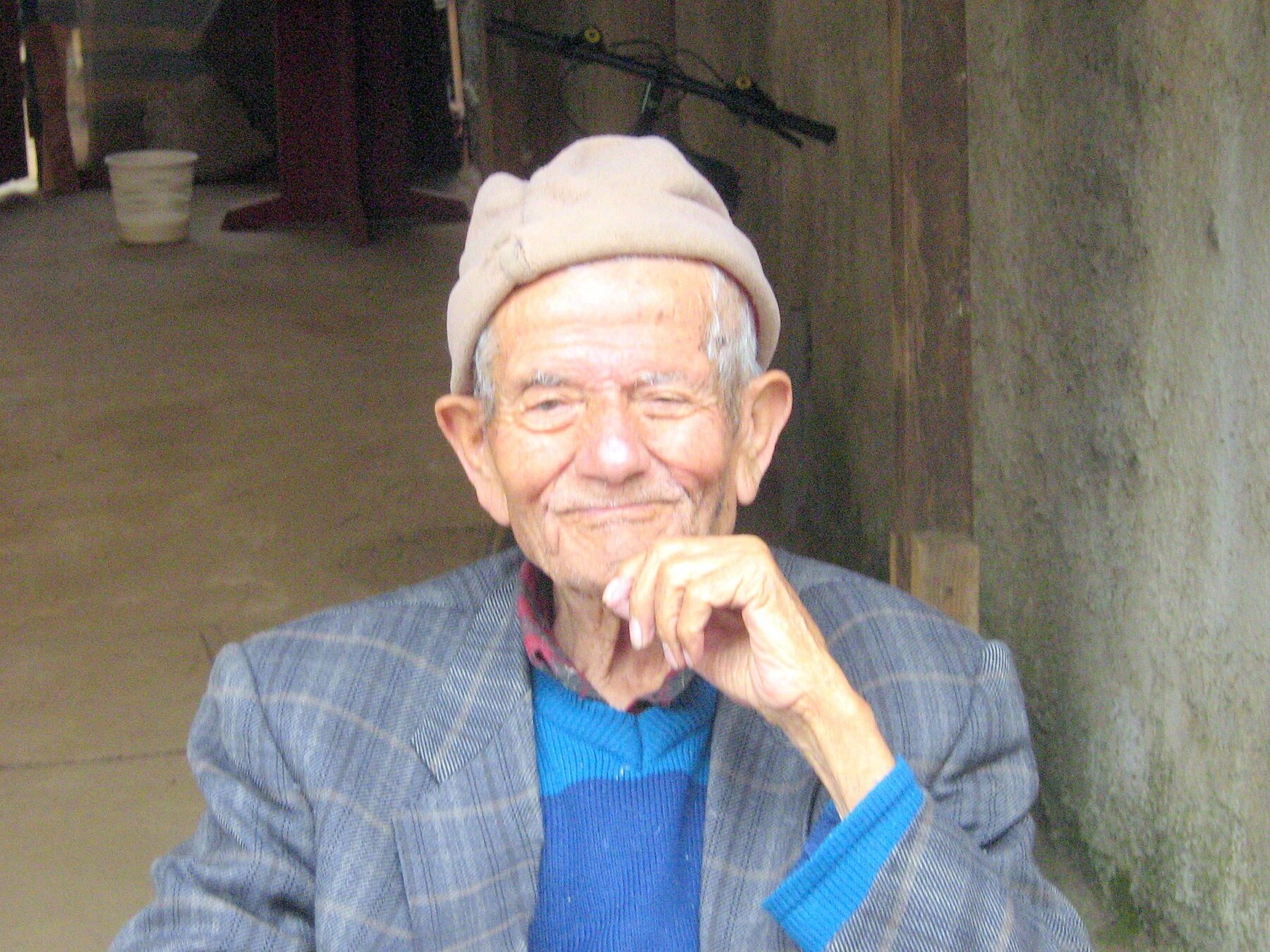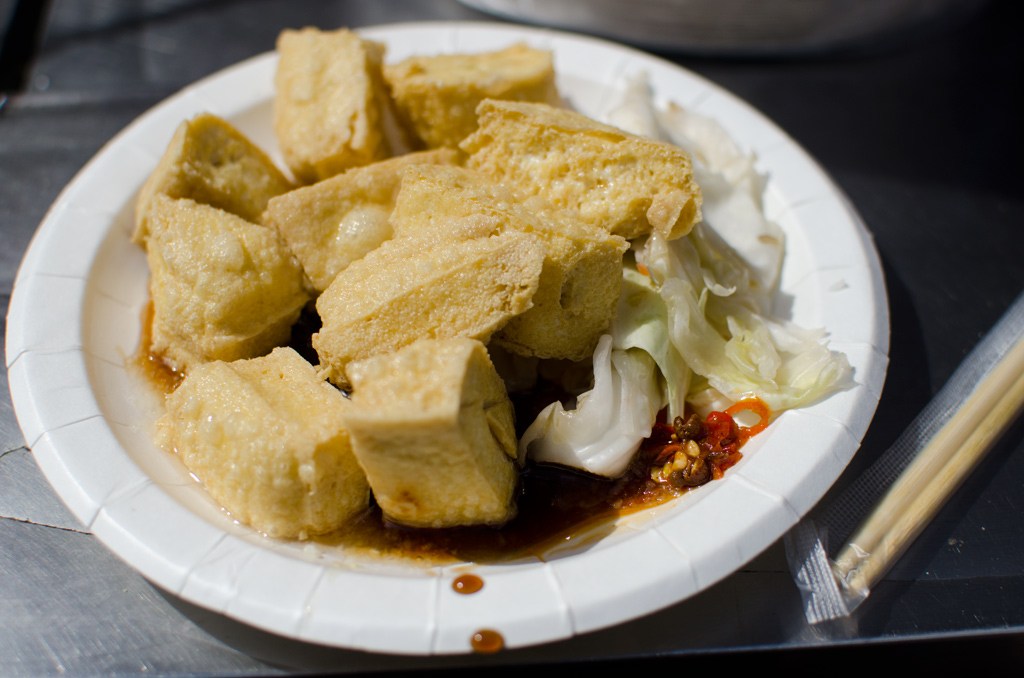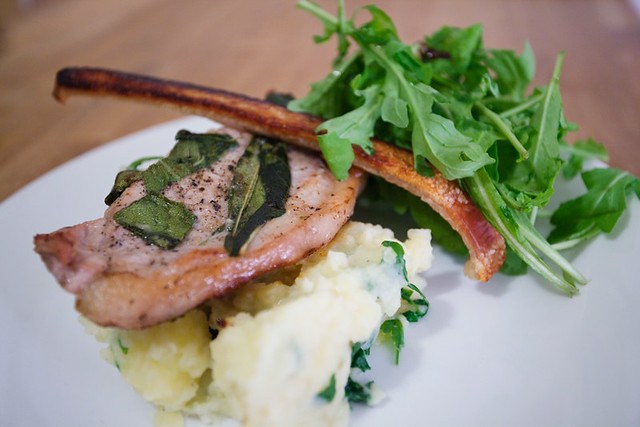The weekend in 1970s America wasn’t just time off work. It was a cultural institution with its own sacred geography. Before algorithms picked our entertainment, Americans found leisure in physical spaces that doubled as community hubs. These weren’t just places to spend money. They were where memories crystallized like Polaroids. Families connected over 15-cent root beer floats.
American identity took shape between Friday night’s neon glow and Sunday evening’s quiet promise. Think Happy Days meets your childhood – but with better food and zero phone distractions. The history of the American family road trip shows how these traditions became a defining part of the era, as families piled into station wagons and hit the open road for adventure.
15. Holiday Inn

Before online reviews and travel apps, Holiday Inn signs glowing alongside highways provided travelers with something precious: certainty. In unfamiliar landscapes, those green letters promised standardized comfort. Known quantities awaited in open road adventures. By 1975, the chain operated over 1,700 locations nationwide.
Holiday Inn didn’t just sell rooms. It sold consistent experiences that became part of American travel rhythm. Families planned road trips around these hotels.
After driving days, they’d find clean sheets and working showers. Often pools let kids burn off backseat energy. Lobbies served as informal community centers. Road warriors exchanged attraction tips or complained about traffic while checking in. Standard rooms cost around $18 per night, which was in line with average hotel prices in the 1970s, making travel accessible for many families seeking comfort on the road. What Holiday Inn understood was simple. For most Americans, travel contained enough adventure already. Sometimes people wanted comfort of familiar in unfamiliar places.
14. Chuck E. Cheese
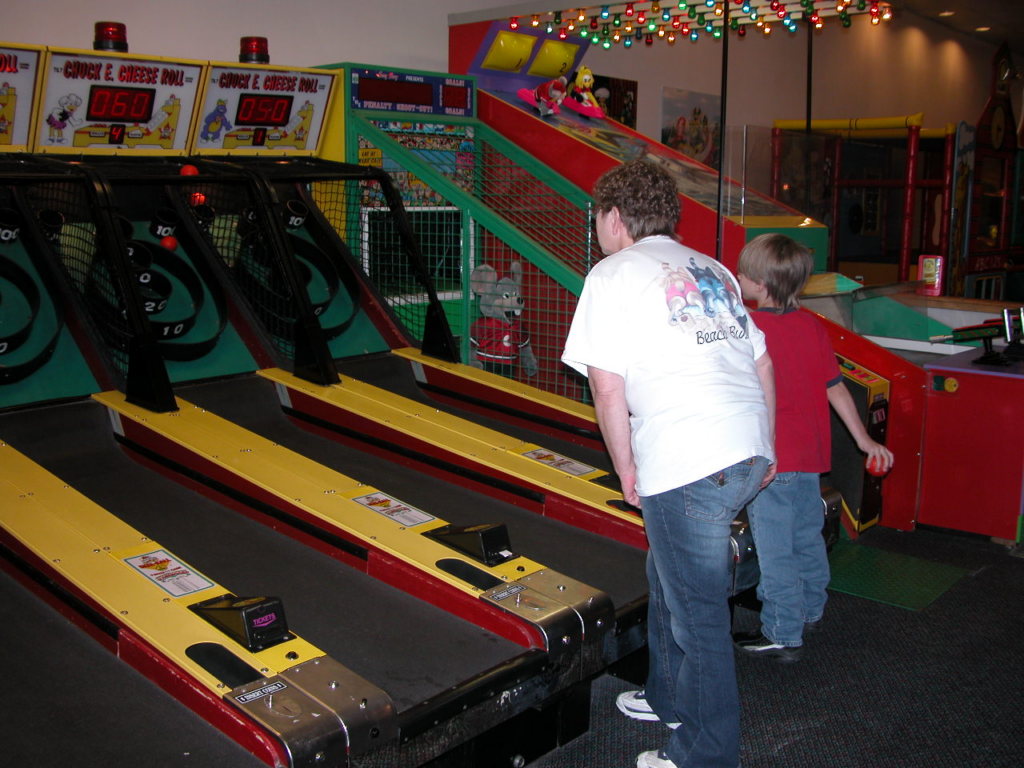
Chuck E. Cheese didn’t just create restaurants. It invented entirely new experience categories. The concept merged food, technology, and play in ways that captured 1970s zeitgeist perfectly. Founded in 1977 during an era fascinated with automation and entertainment, animatronic bands hit cultural sweet spots. Initial pizza prices started at $3.95 for a small cheese.
Entering Chuck E. Cheese was like stepping into alternate dimensions. Pizza served as currency and childhood fantasy governed everything. Animatronic shows featuring Chuck E. and his band created shared wonder moments. These punctuated arcade experiences throughout the evening. Children sat mesmerized before robotic performers. They witnessed technology that seemed pulled from Star Wars. The genius lay in transforming waiting for food into entertainment itself. Traditionally the most frustrating aspect of dining with children became part of the fun. Parents relaxed knowing restless energy had constructive outlets while children experienced rare freedom moving between tables and games. The golden age of arcades made Chuck E. Cheese a cultural touchstone for 1970s youth, blending technology, entertainment, and social connection.
13. Woolworth’s

Woolworth’s disappearance from main streets feels like losing a community center disguised as a store. Red storefronts housed everything from 10-cent candy to household necessities. The chain created democratic shopping that welcomed everyone regardless of social status. At its 1970s peak, over 1,000 locations dotted America.
The lunch counter served as Woolworth’s beating heart.
Communities converged over comfort food priced for working families. Counters gleamed like ribbons of possibility. They were lined with spinning stools children couldn’t resist. Milkshakes cost 35 cents and required both straw and spoon. The sounds included sizzling grilled cheese and neighborhood gossip exchanged over 15-cent coffee. First dates happened there. Business deals were struck. Kids learned to count change.
12. Roy Rogers
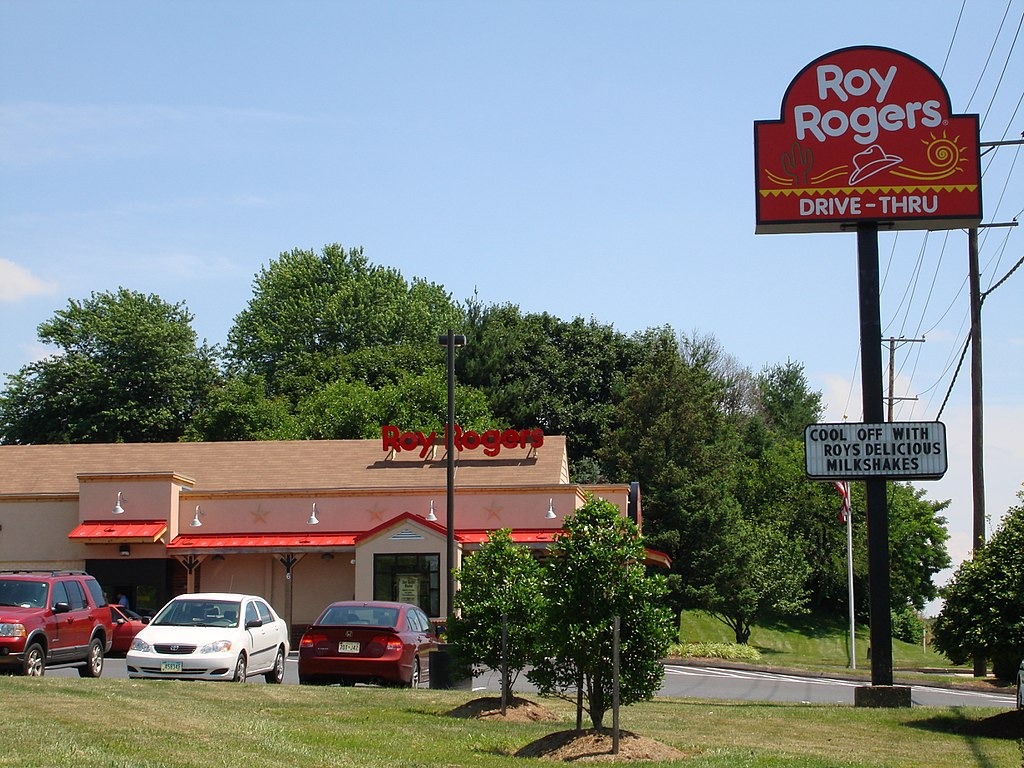
Roy Rogers restaurants understood something fundamental about American identity. We love our cowboys almost as much as fast food. Merging these cultural touchstones created experiences transcending typical burger joints. Western themes infused every restaurant aspect. Employees wore cowboy hats and bandanas. Roast beef sandwiches cost $1.29 in 1975.
The “Fixin’s Bar” embodied self-reliance associated with western mythology. Customers built perfect sandwiches themselves. Menu diversity set Roy Rogers apart in an era of specialized fast food. Roast beef sandwiches, fried chicken, and hamburgers lived under one roof. This made it diplomatic choice for families with different preferences. Think Bonanza meets McDonald’s with better interior design. As the chain’s presence diminished, America lost more than fast-food option. It lost playful engagement with its own mythology. Places where dinner came with sides of national identity slowly disappeared from the landscape.
11. A&W Drive-Ins

A&W wasn’t just serving food. It was staging American nostalgia in real-time. Founded in 1919, the chain peaked in the 1970s with over 2,400 locations. Car hops glided between vehicles on roller skates. They balanced trays loaded with frosty mugs and 45-cent burgers wrapped in paper.
The choreography felt like a Grease movie come to life. Windows rolled down, orders placed. Then that magical moment when a tray hooked onto your car door. Your vehicle became a private dining room. The soundtrack included laughter and conversation from neighboring cars. Organic community happened under open skies. A&W fed more than hunger. It nourished collective fantasy about American life where teenagers fell in love over shared straws.
10. Leisure Lanes
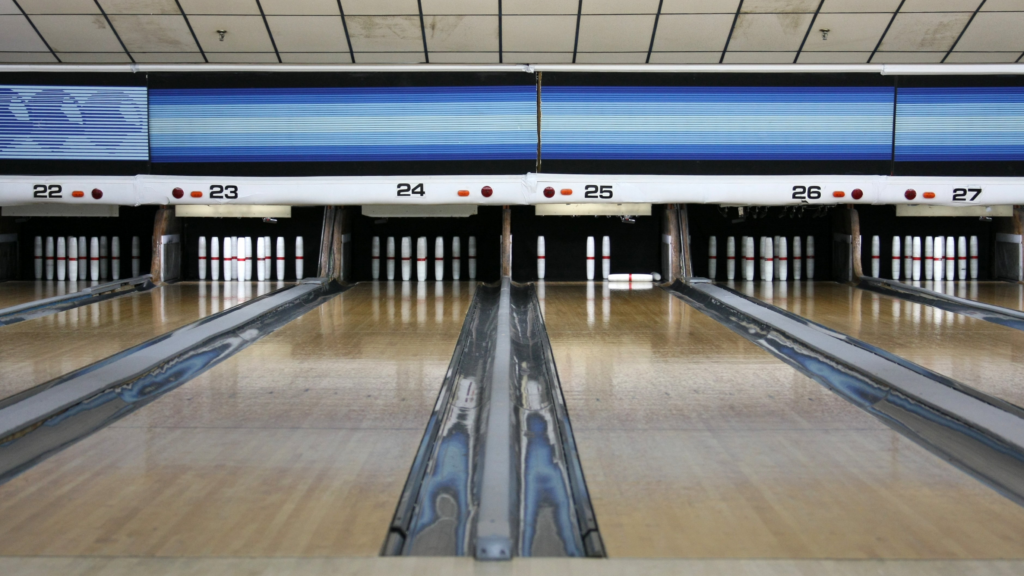
Bowling alleys in 1970s America weren’t just places to knock down pins. They were community centers disguised as sports venues. Leisure Lanes and similar establishments served as democratic gathering spaces. Blue-collar workers bowled alongside professionals. Everyone was united by satisfying strike crashes. League play cost around $3 per person per night.
Weekend leagues transformed individual sport into team activity. They created micro-communities with rituals, inside jokes, and matching shirts. Families claimed lanes for birthday parties. Teenagers navigated complex social systems between lanes and snack bars. Sensory landscapes created distinct atmospheres. Rhythmic ball rumbles on wood mixed with mechanical pin clatter. Rental shoe squeaks on polished floors added percussion. Snack bars served unpretentious Americana: hot dogs, unnaturally orange nacho cheese, beer pitchers for adults. As bowling’s prominence faded, we lost rare spaces where different Americans came together.
9. Kmart
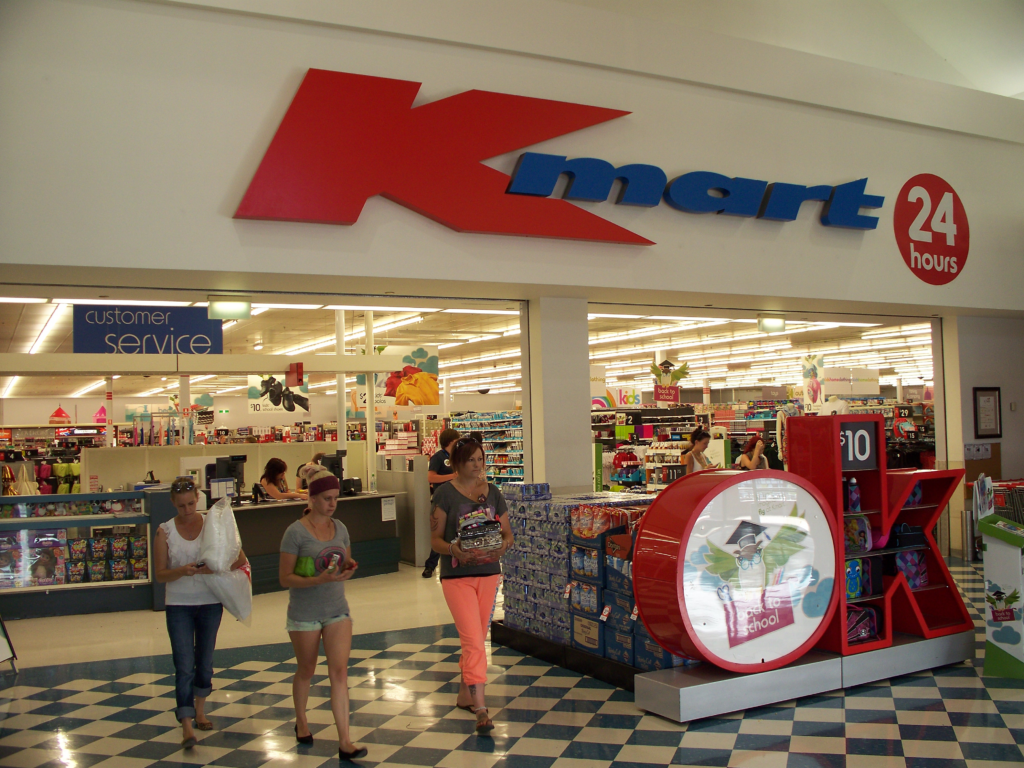
The Blue Light Special wasn’t just sales promotion. It was performance art for discount-hunting masses. When that blue light flashed and announcements crackled over PA systems, ordinary shoppers became retail athletes. They navigated aisles with strategic precision. Founded in 1962, Kmart reached its cultural peak in the mid-1970s.
Stores were mazes of possibility where you entered needing socks but exited with lawn chairs and goldfish. The atmosphere pulsed with democratic energy. Celebrities shopped alongside factory workers.
Everyone united in pursuit of deals advertised at “Attention Kmart Shoppers” volume. Snack counters offered respite for weary bargain hunters. Popcorn and hot dog aromas created carnival-like entertainment. As blue lights dimmed across America, we lost shared cultural experiences that brought communities together. The history of Kmart’s Blue Light Special reveals how these spontaneous sales became a beloved part of the shopping experience, drawing crowds and creating excitement.
8. Red Barn

Among landscapes dominated by golden arches and royal crowns, Red Barn‘s architecture stood as whimsical alternative. Buildings themselves were actual barn-shaped structures painted bright red. They transformed mundane quick meals into memorable experiences. The chain peaked in the mid-1970s with over 300 locations.
Inside these agricultural cathedrals, Red Barn served standard fare with distinctive touches. Big Barney and Barnbuster burgers developed cult status among customers. Self-service salad bars offered fresh alternatives to standard fries-with-everything formulas.
This was revolutionary for fast food in 1975. The farm theme featured wooden interiors and rural motifs. This created cohesive identity in increasingly corporate landscapes. Eating at Red Barn felt like participating in shared inside jokes. Playful winks at rural Americana came served alongside 69-cent burgers. Eventual disappearance represents standardization where efficiency triumphed over quirky distinctiveness. For more on the Red Barn fast food chain history, see how its barn-shaped buildings became a symbol of 1970s fast-food culture.
7. Baskin-Robbins

During sweltering summers before universal air conditioning, Baskin-Robbins offered salvation in thirty-one flavors. Ice cream parlors weren’t just selling frozen treats. They were selling the luxury of choice in a decade often marked by limitations. Single scoops cost 35 cents. Double scoops ran 55 cents.
Entering Baskin-Robbins was like visiting laboratories of delight. The scientific method involved sampling as many flavors as patience allowed. Famous thirty-one flavors meant one option for each day of the month. This transformed decision-making into family events. Parents debated Jamoca Almond Fudge versus Pralines ‘n Cream with diplomatic seriousness. Pink sample spoons became cultural institutions. They offered tiny tastes of possibility that sometimes satisfied cravings. Sometimes they sparked desire for more. Americans practiced the art of choice. Skills that served them well in coming consumer culture. The 1970s ice cream parlor trends highlight how Baskin-Robbins and similar parlors became essential weekend destinations for families.
6. Shakey’s Pizza Parlor

Shakey’s wasn’t just serving pizza. It orchestrated entertainment that made dinner feel like events. Before home entertainment systems and endless streaming, Shakey’s offered complete nights out under one roof. Founded in 1954, the chain peaked in the 1970s with over 500 locations featuring live music.
Controlled chaos ruled these spaces. Baking pizza aromas mixed with arcade sounds and live ragtime music. Banjo players and pianists performed on elevated stages. They created soundtracks for family dinners that made Tuesday nights feel celebratory. Long tables fostered community. Sometimes multiple families sat together. This would horrify today’s private-booth preferring diners. Children disappeared into arcade sections. They emerged periodically to refuel on thin-crust pizza before returning to Pac-Man machines. Shakey’s democratized dinner-and-show concepts without formality or expense.
5. Burger Chef
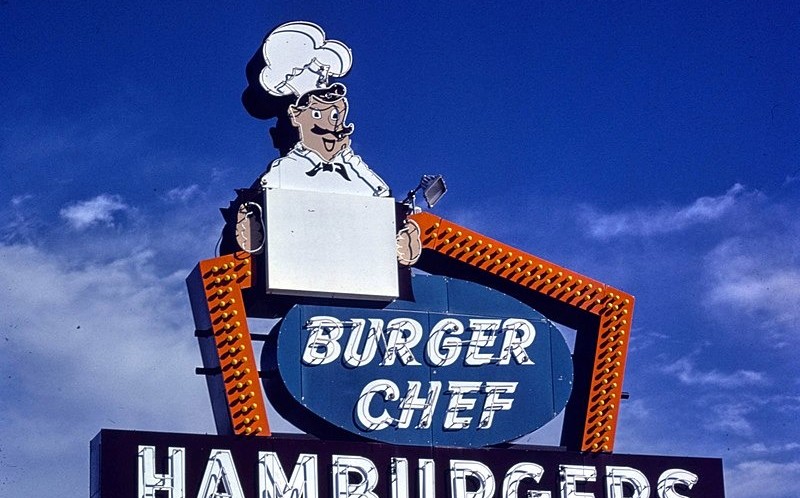
Operating in McDonald’s shadow, Burger Chef carved distinct identity in 1970s fast-food landscape. What set it apart wasn’t just food but understanding. Fast food could be experience rather than transaction. The chain pioneered the “Works Bar” where customers customized burgers with topping arrays. Basic burgers cost 39 cents.
This simple innovation transformed fast food from standardized product into personal creation.
Diners gained agency in increasingly uniform food landscapes. Mascots Burger Chef and Jeff weren’t just marketing tools. They were cultural ambassadors appearing on toys, commercials, and records. This created narrative worlds around what could have been just another burger joint. Children dragged parents there not just for food but for promotional toys. These connected them to larger stories. Eventual absorption into Hardee’s in 1982 represents more than corporate consolidation. It marks loss of distinct voice understanding fast food could nourish imagination.
4. Bonanza Steakhouse
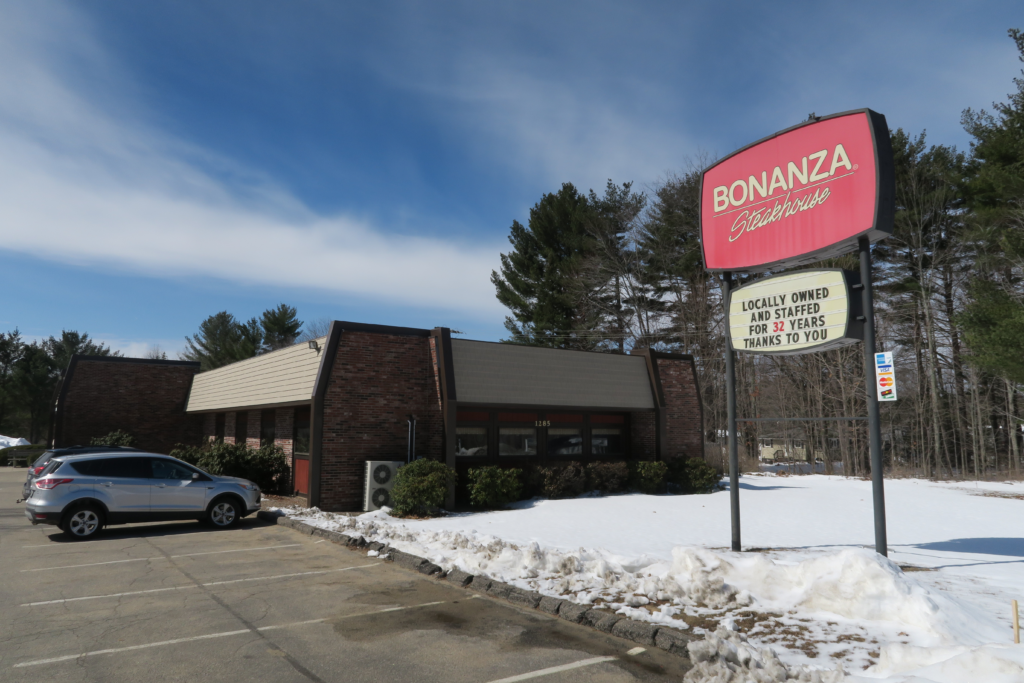
Families facing 1970s inflation found salvation at Bonanza, one of the many forgotten 70s steakhouses that once defined American dining and weekend culture. The chain offered affordable luxury without pretension. Steaks started at $1.99. The Western theme provided theatrical flourish that made ordinary Friday nights feel special. Frontier fantasy met the all-you-can-eat buffet.
Steaks sizzled on grills, cooked to order whether you were banker or factory worker. Children raced between table and buffet bar. They exercised newfound independence in food choices. Parents relaxed into conversations uninterrupted by kitchen duties. The magic lay in elevating ordinary family meals without snobbery. Democracy ruled the dining room. Value combined with just enough cowboy spectacle to transform dinner into lasting memory.
3. Howard Johnson’s (HoJo)

Orange roofs dotted highways like beacons of reliability before GPS existed. Howard Johnson’s wasn’t just a restaurant chain. It was a nationwide promise. No matter where family road trips took you, certain comforts awaited. By 1975, over 1,000 locations served weary travelers.
Restaurant interiors welcomed families with roadside comfort. Fried clam aromas mixed with sweet ice cream promises. Twenty-eight flavors made choosing dessert an adventure. The menu offered a culinary map of America. New England clam chowder cost $1.25. Fried chicken dinners ran $2.95. Each location felt simultaneously familiar and special. Like visiting relatives in towns you’d never seen. The gradual disappearance of those orange roofs marks more than changing tastes. It signals the end when travel itself was considered experience.
2. Radio Shack

Radio Shack wasn’t just a store for tech enthusiasts. It was sanctuary where curiosity served as currency. Possibility lived in tiny drawers filled with electronic components. Like neighborhood bars where everybody knows your name, Radio Shack gathered early tech adopters into tribes. This happened long before “geek culture” became mainstream.
Compact stores housed breadboards and soldering irons alongside early personal computers. The TRS-80 debuted in 1977 for $599. CB radios filled shelves during the mid-70s craze. The air carried distinct scents of plastic and solder. All possibility lived here. Employees weren’t just clerks but guides and mentors. They translated technical jargon into practical advice. Many weekend warrior projects were saved by Radio Shack employees who knew exactly which 89-cent resistor solved the problem.
1. Sears
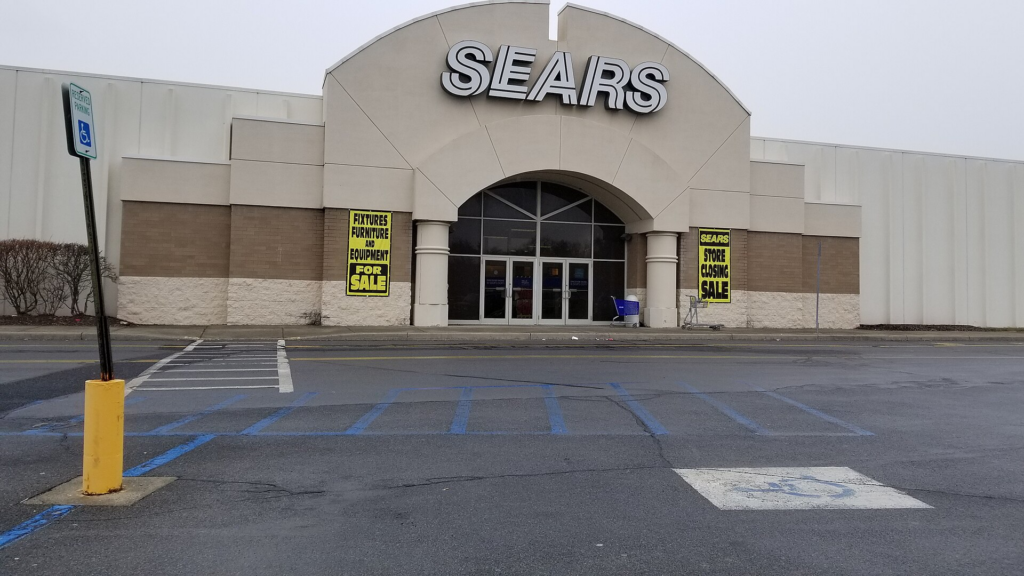
Sears stood as a cathedral of American consumerism before our attention split into digital pieces. The department store wasn’t just retail space. It was weekend pilgrimage destination. Founded in 1886, Sears peaked in the 1970s with over 800 stores nationwide.
The famous Sears catalog arrived like seasonal scripture. Pages worn thin from repeated browsing. Children circled Christmas wishes while parents plotted home improvements. The thick “Wish Book” served as both shopping guide and dream journal. Inside actual stores, salespeople built real relationships. They remembered your name and appliance preferences. Sometimes they even cut deals. This created experiences that felt genuinely personal. Something today’s algorithmic recommendations can’t quite capture.


